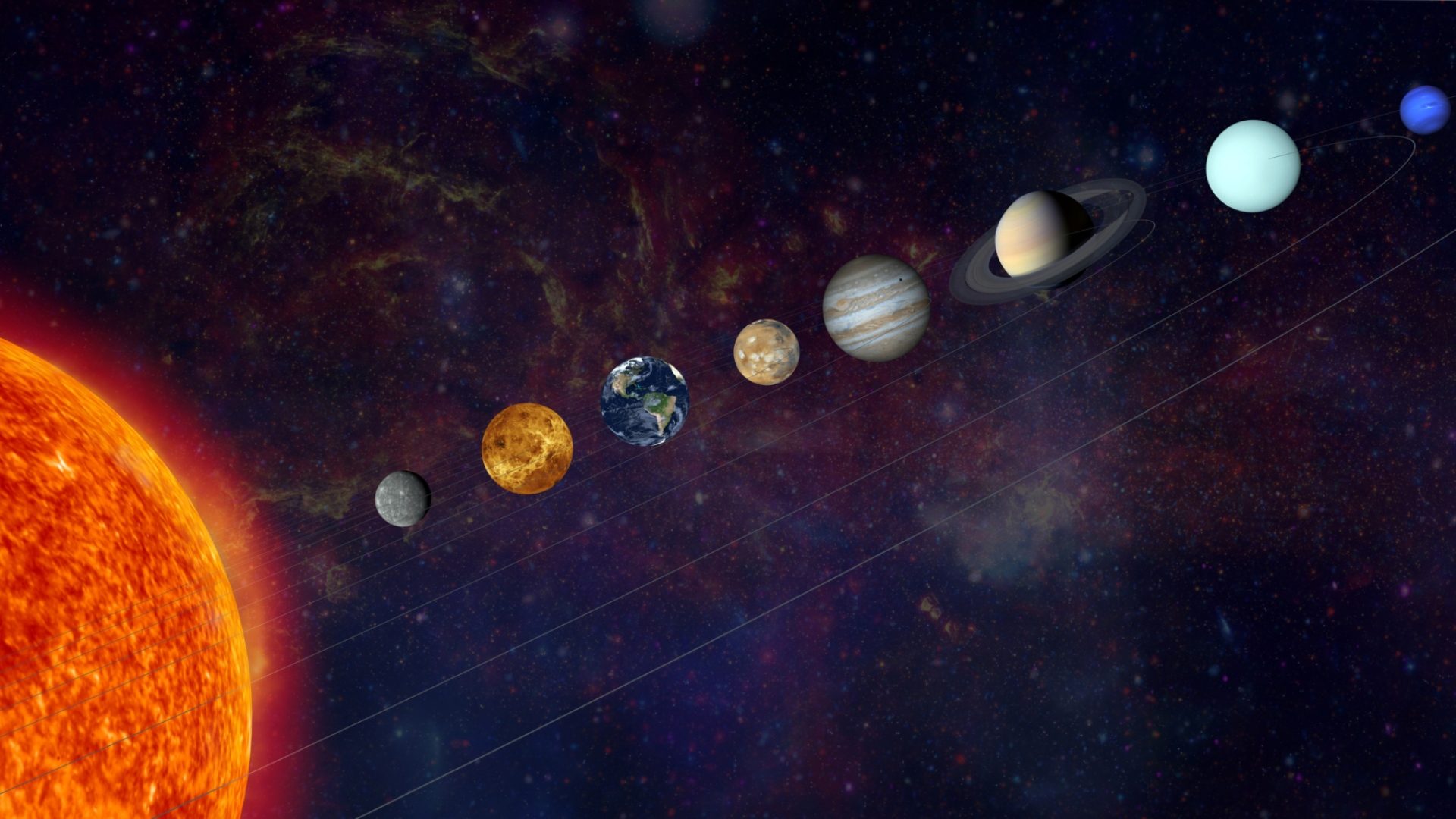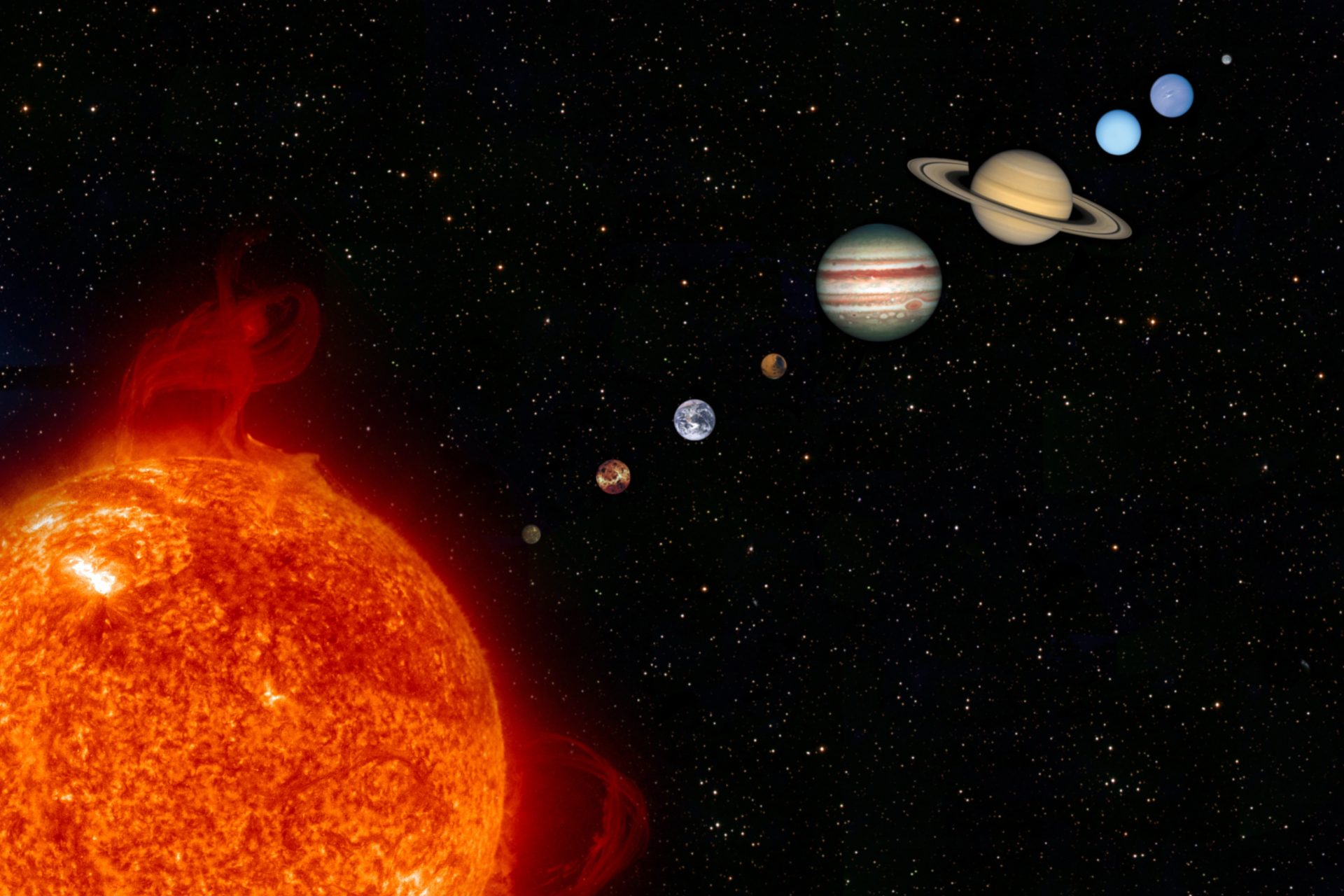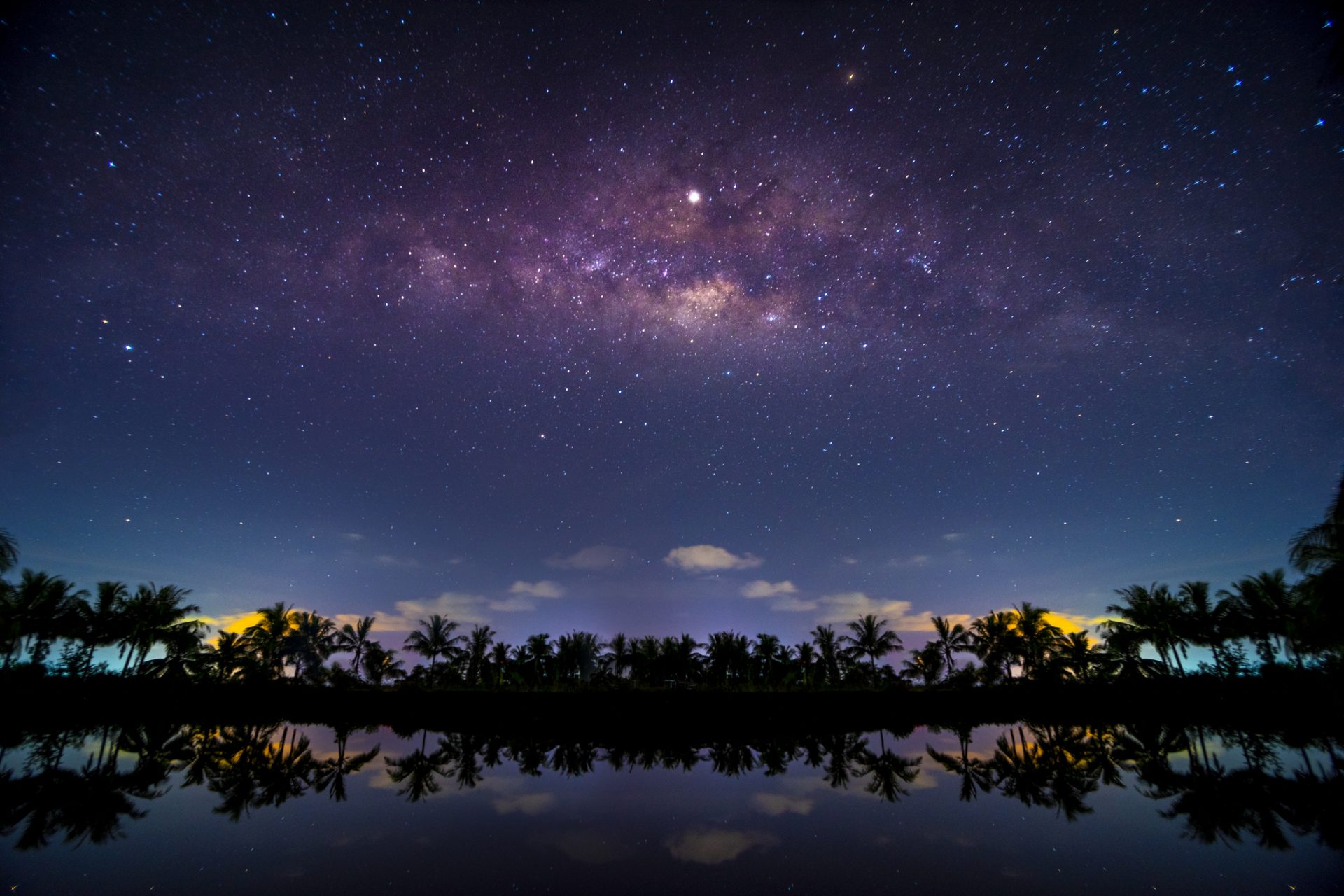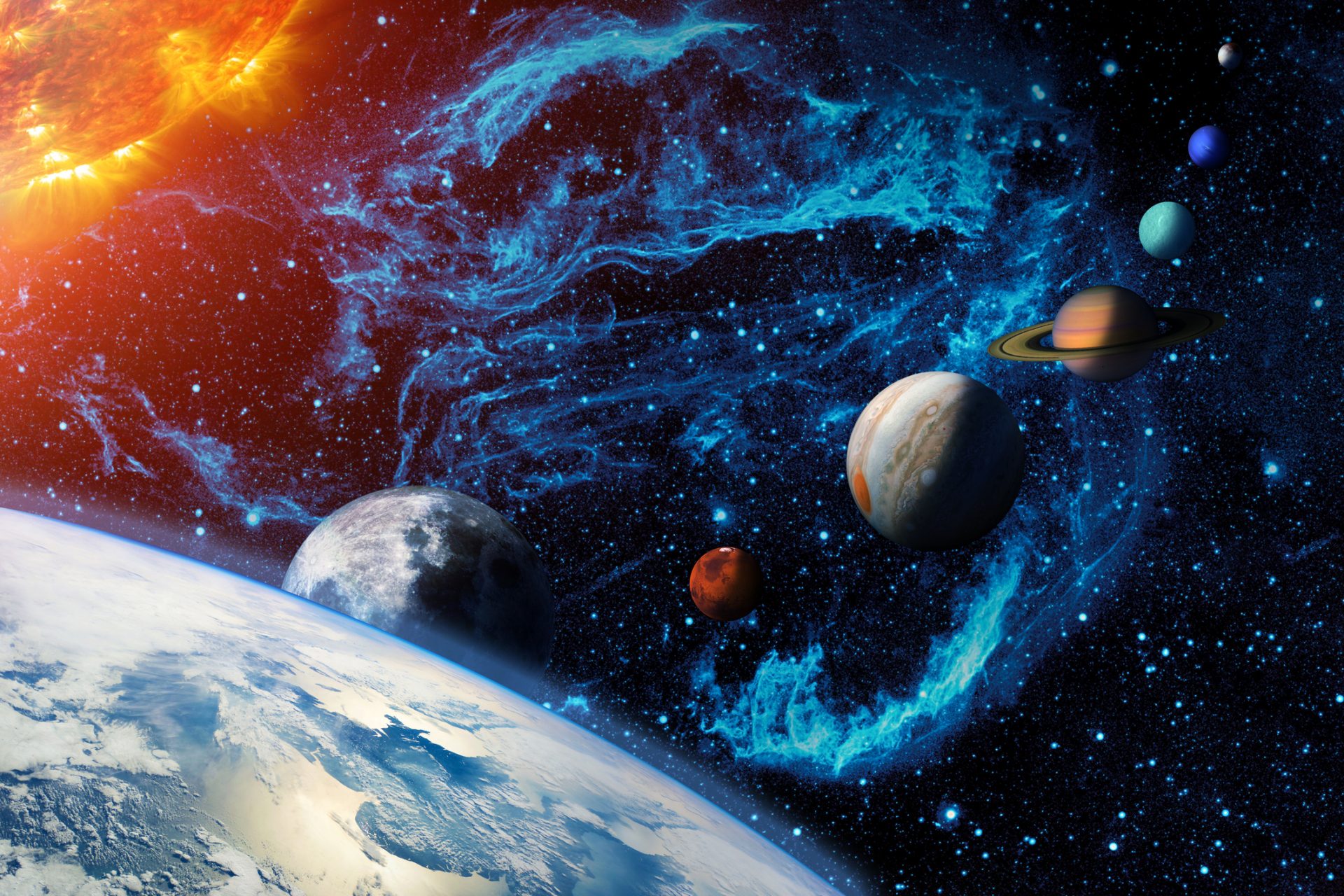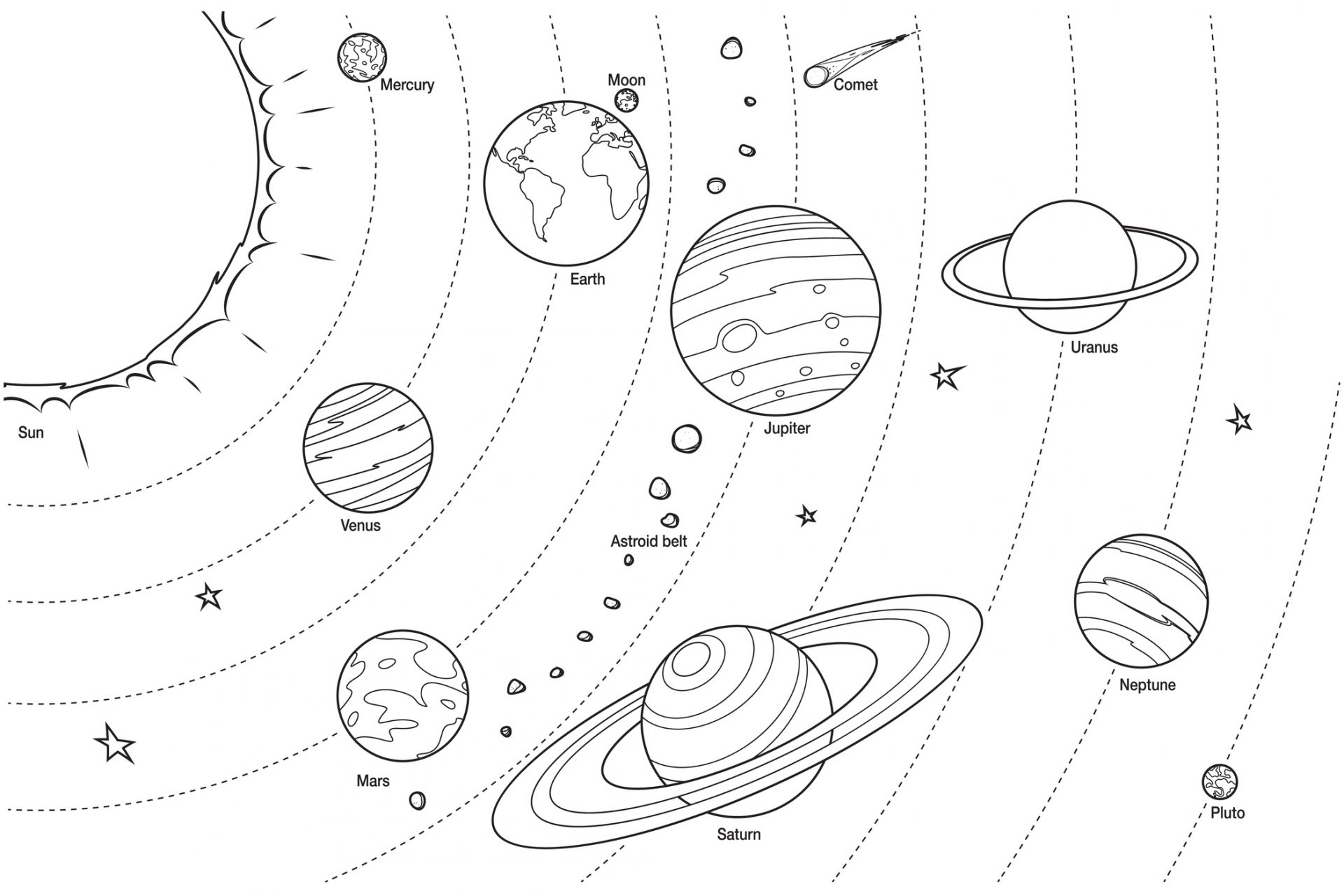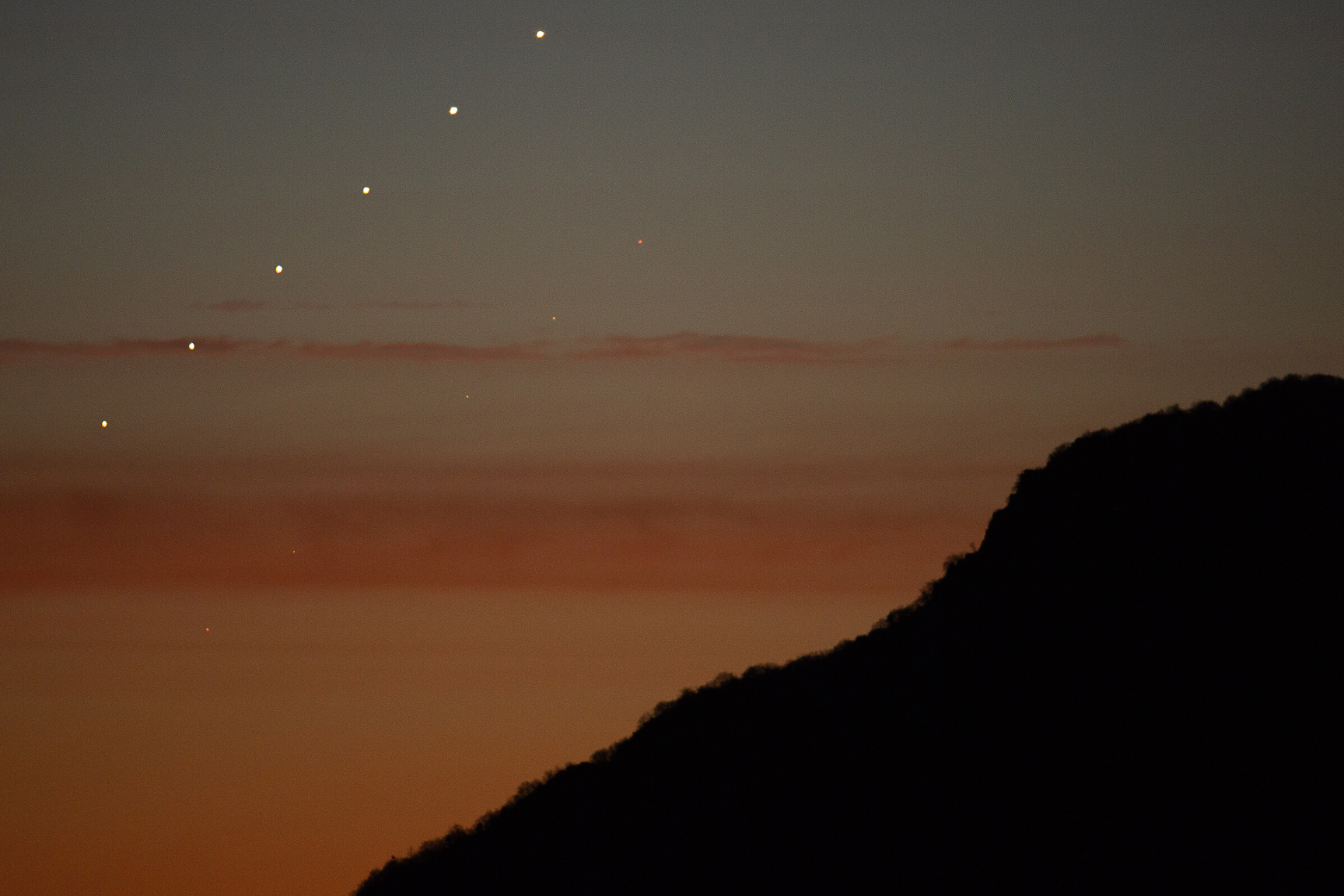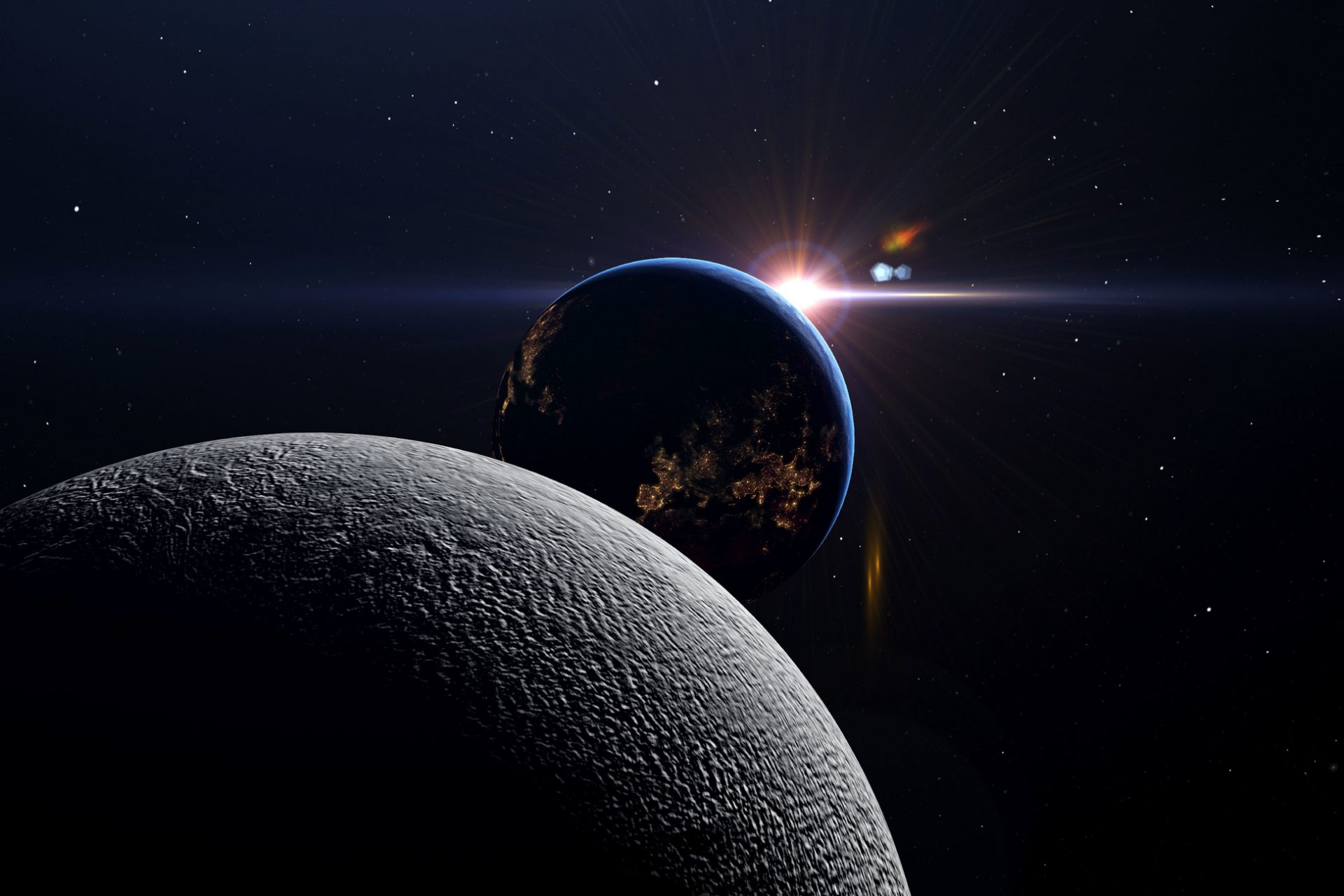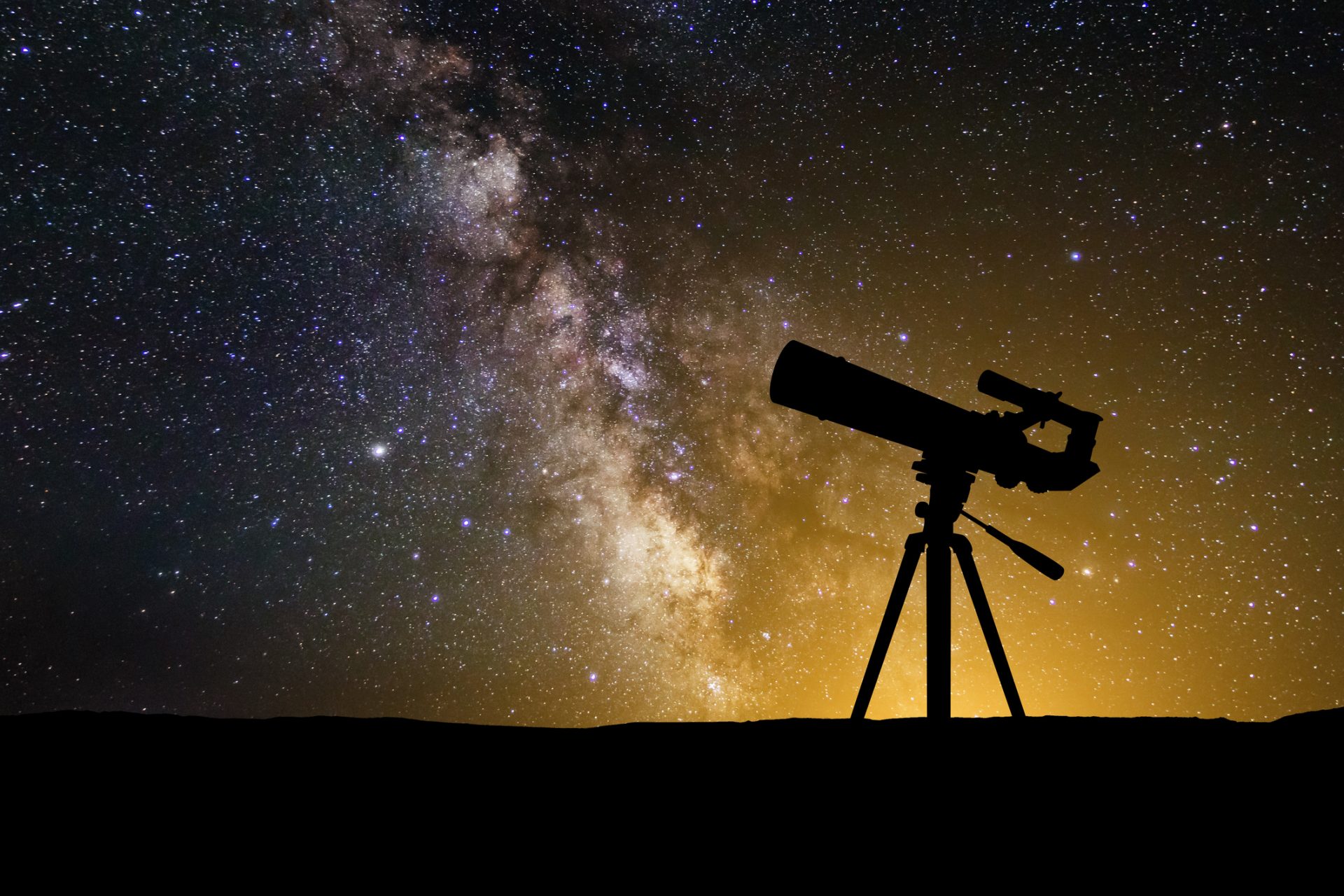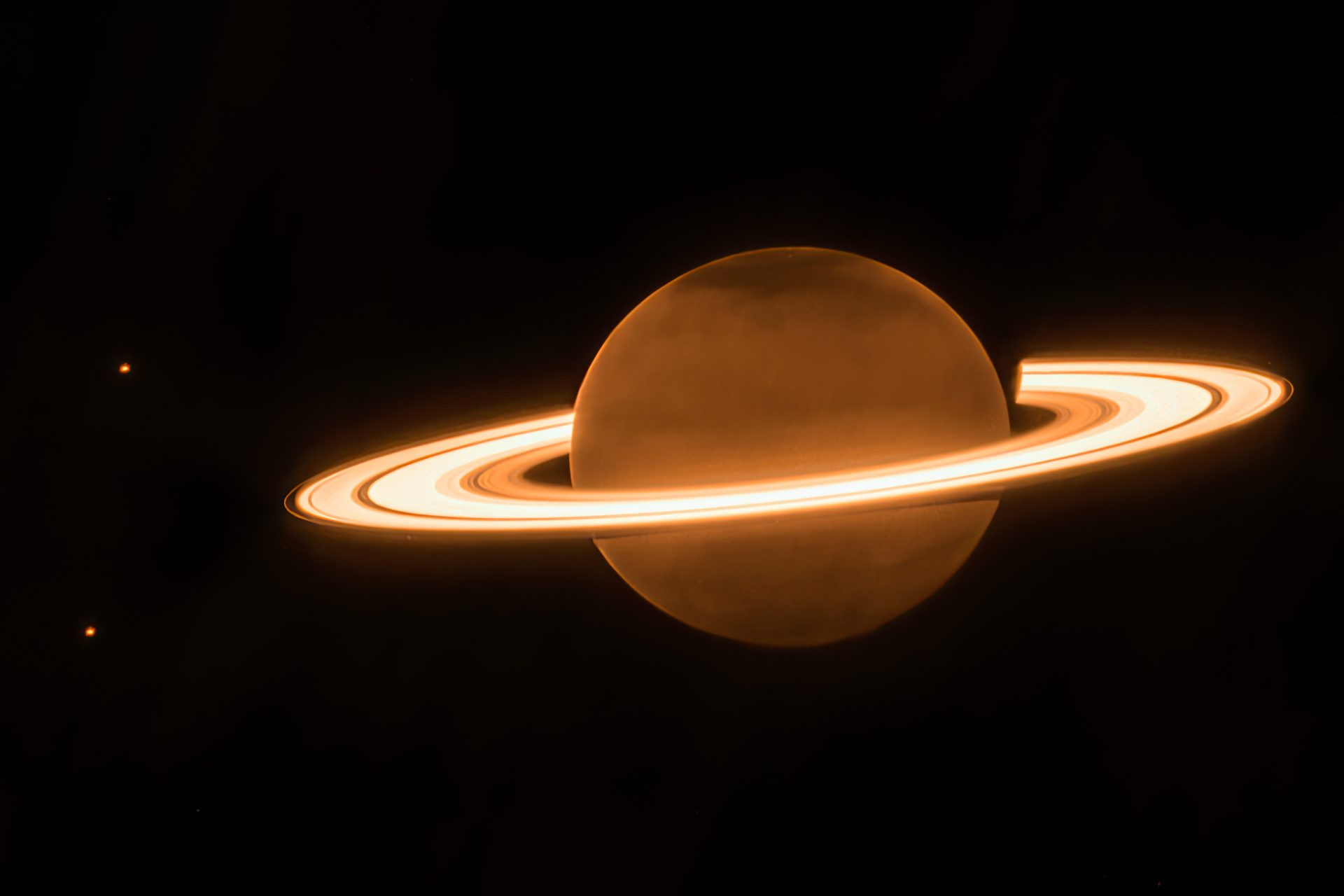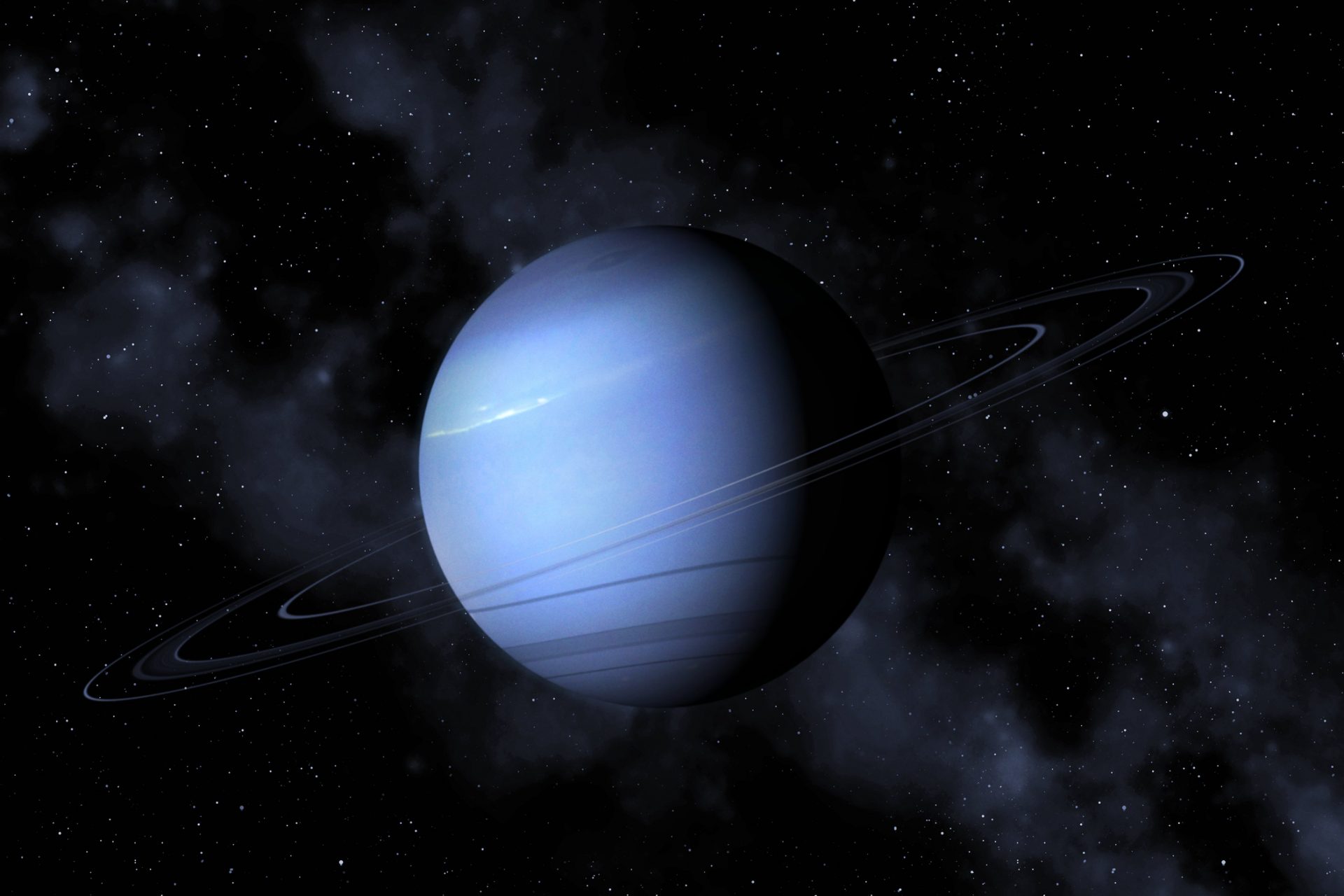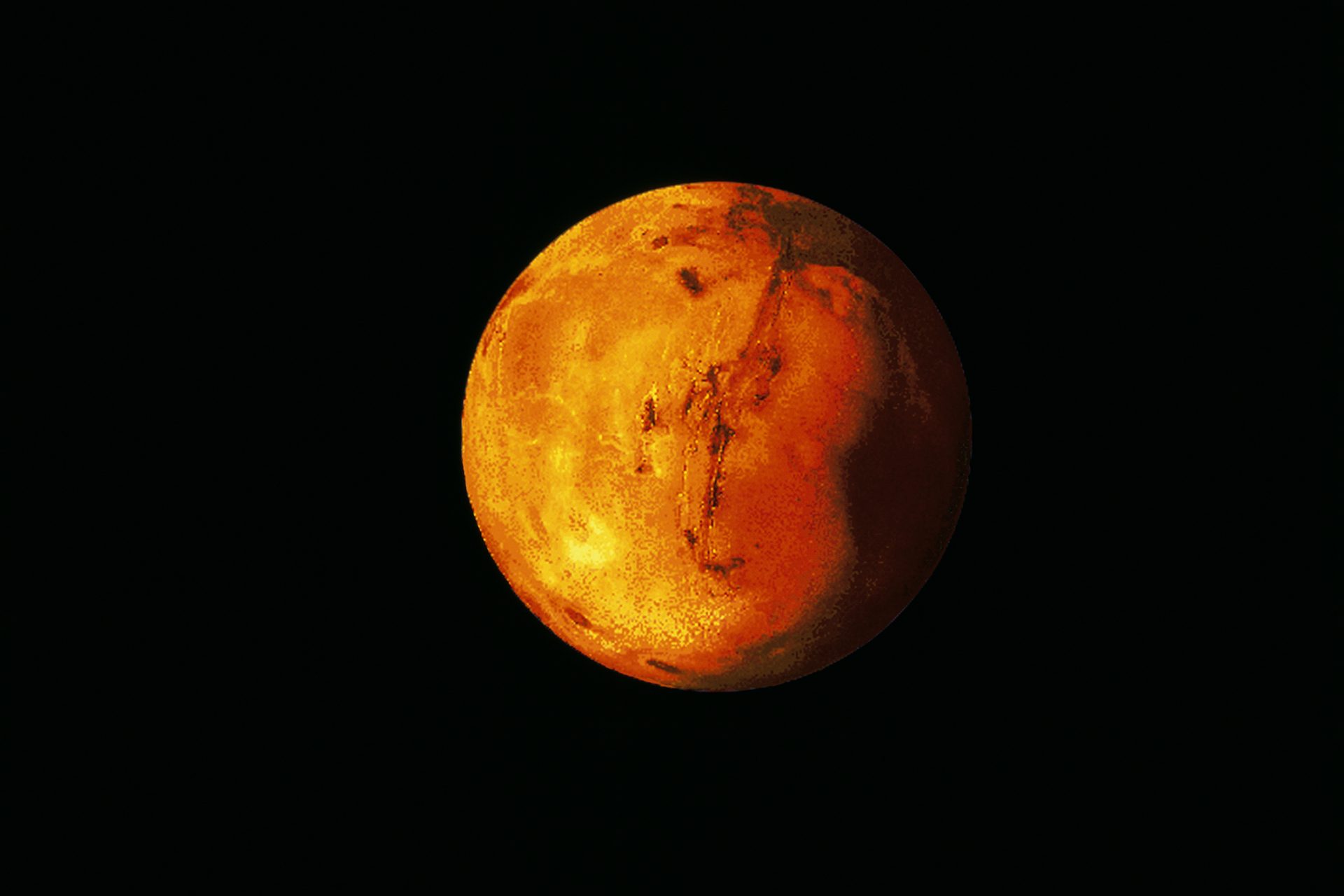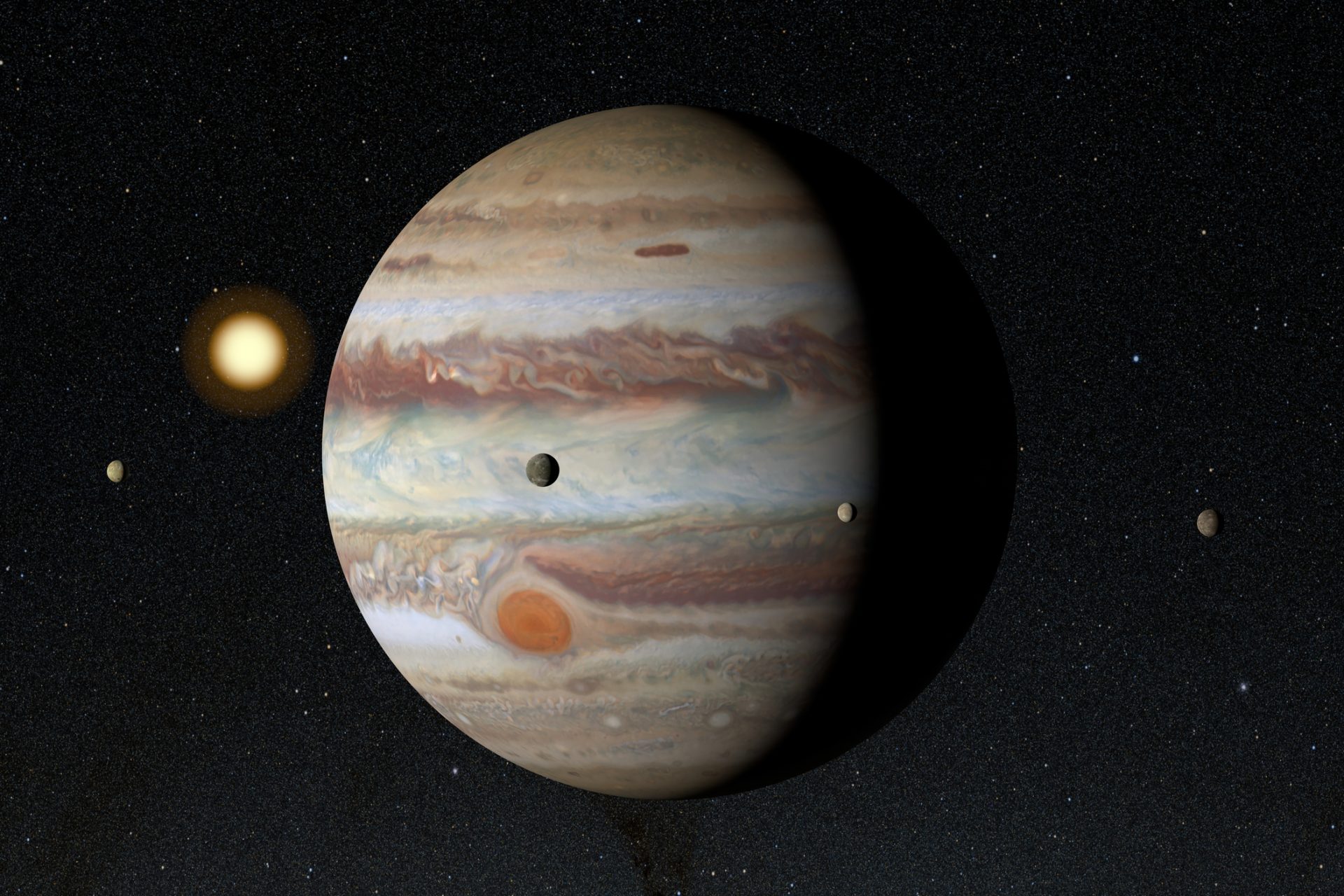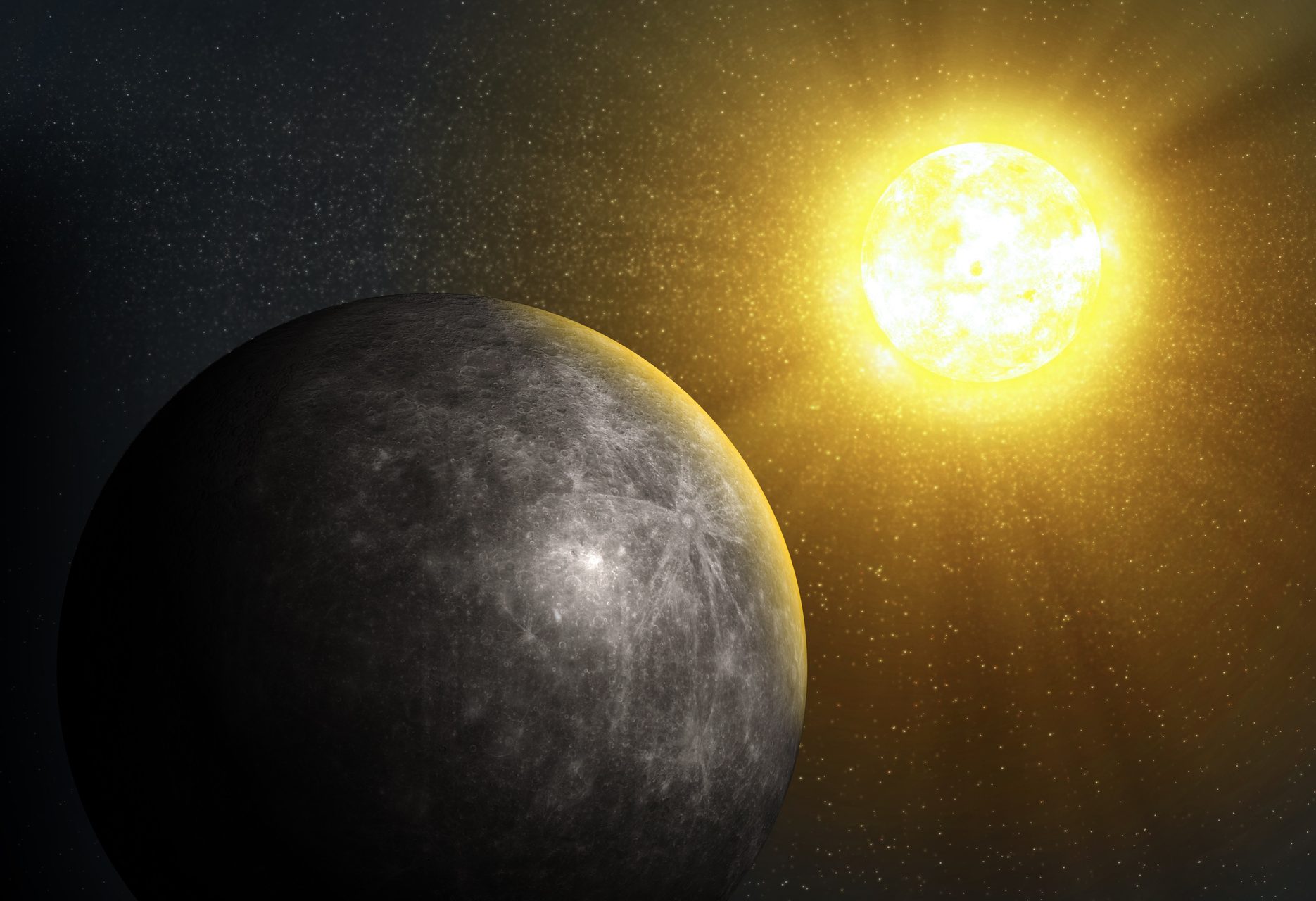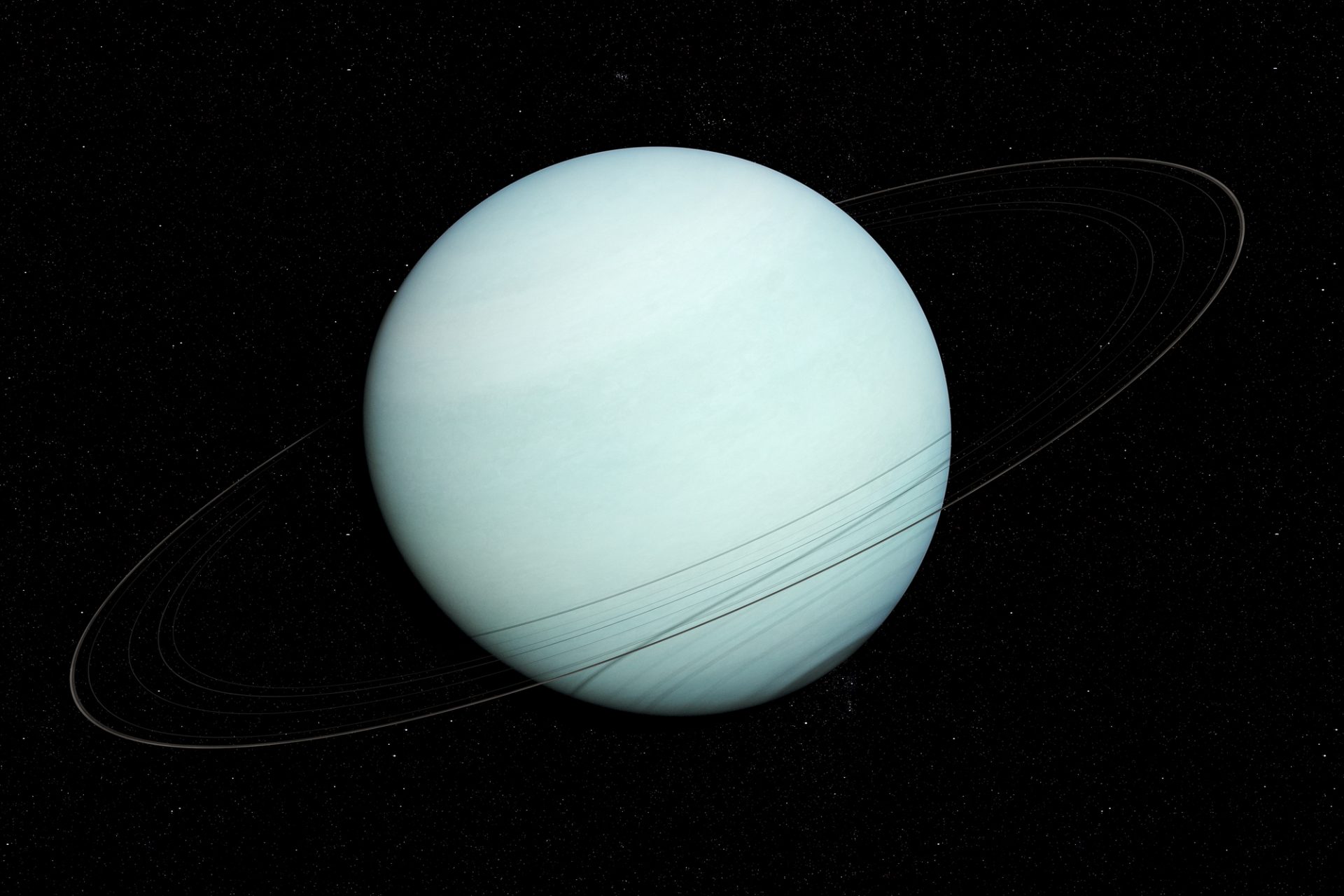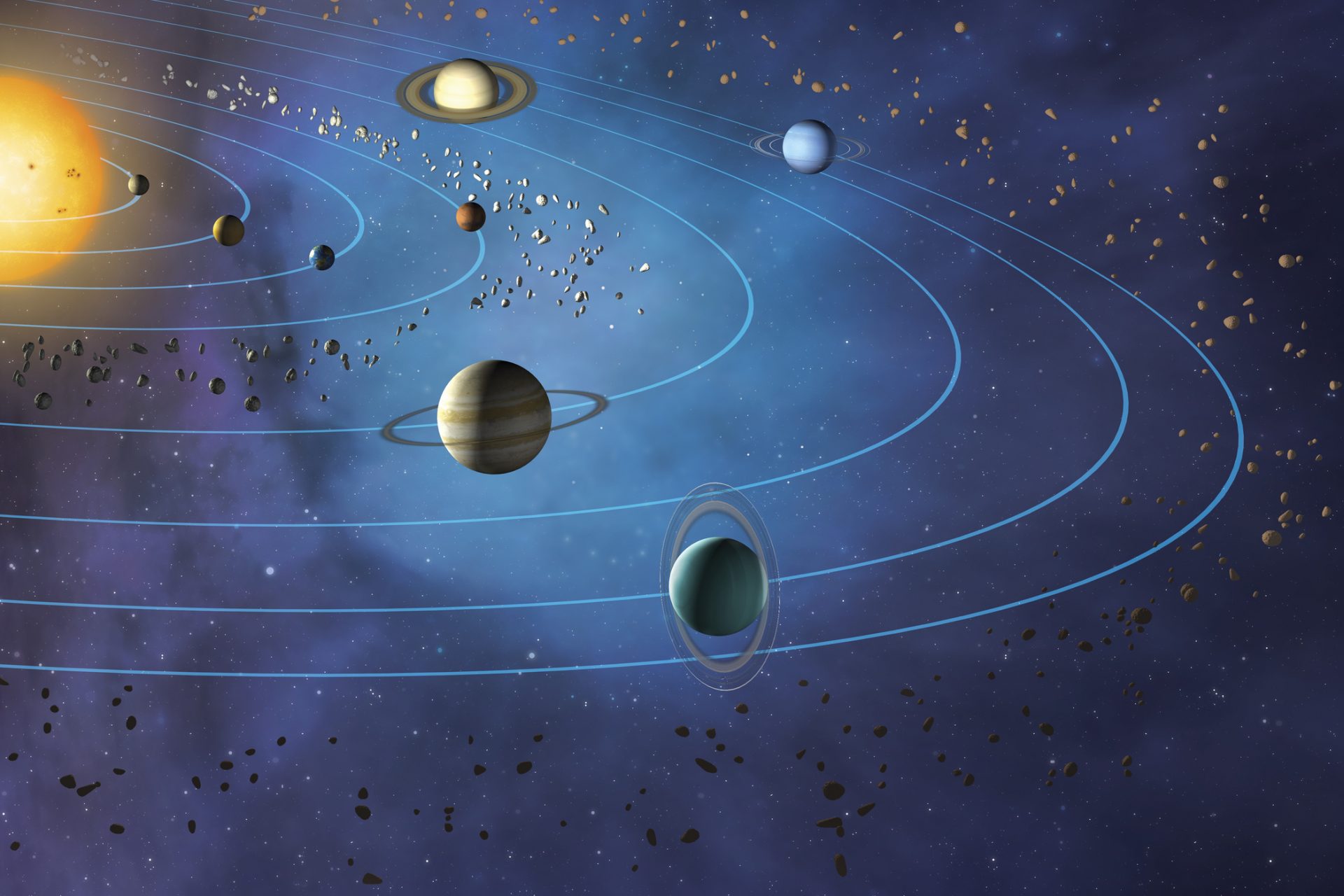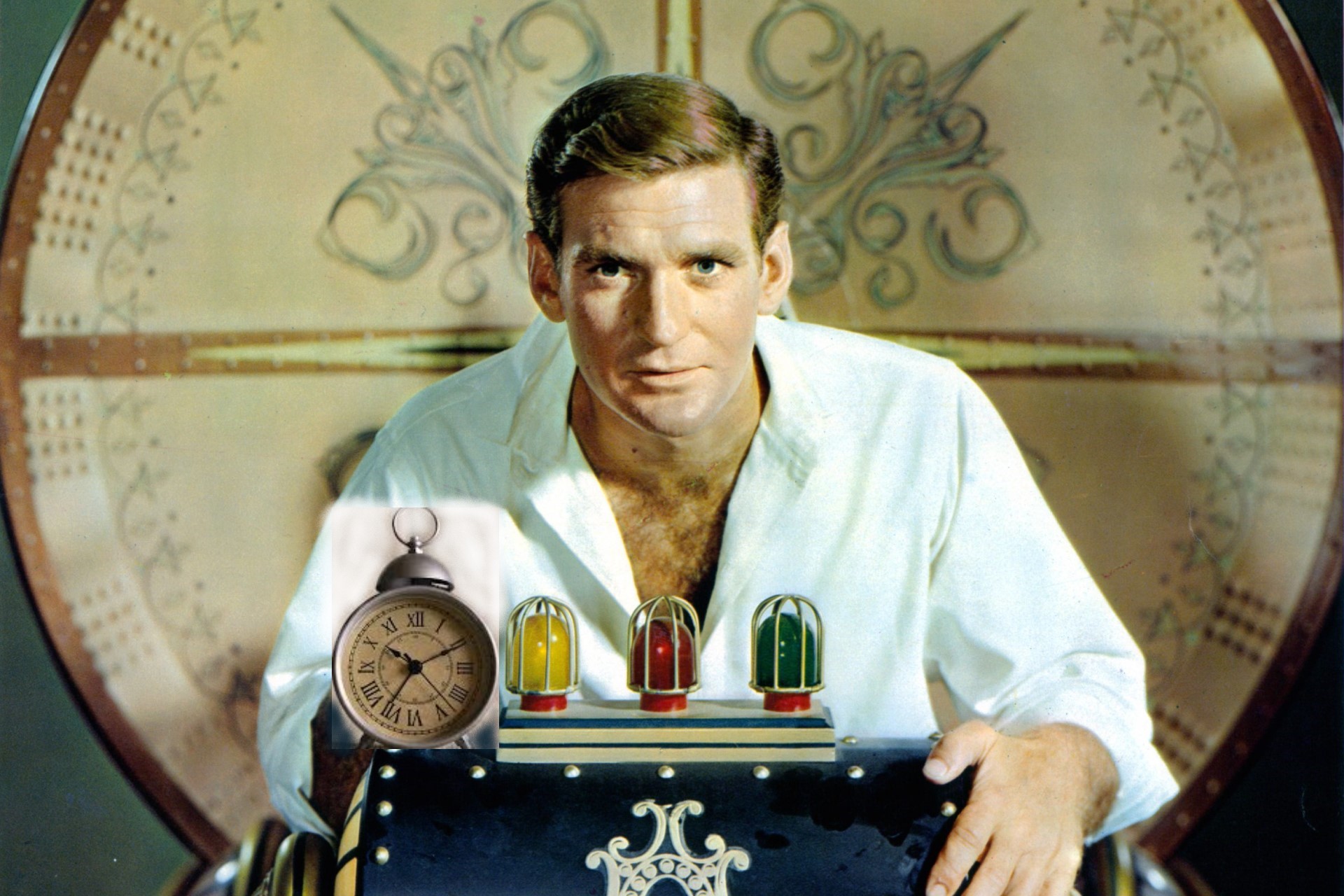How to view the 6-planet alignment, another strange event in the sky
The unusual northern lights reaching near the equator or the impressive total solar eclipse visible in some parts of the world have kept us looking up at the sky.
Alignments of six planets are rare, but interestingly, this year we were able to observe it three times, last in early June. It’s a phenomenon related to the orbit and position of each planet as seen from Earth.
Unlike other recent phenomena, it could be observed from any country in the world.
While only high-tech telescopes could perfectly capture the strip of aligned planets, each planet could be seen in the same strip at different times of the night and early morning... however, only Mars, Saturn and Jupiter could be seen with the eyes alone.
The rising and setting times of each planet varied by country, so we can’t give an exact time. However, the phenomenon was expected to be visible before dawn.
This phenomenon occurs when all the planets in the solar system orbit the Sun approximately in the same ecliptic plane. Although some planets are above or below this plane, they appear aligned from Earth’s perspective.
The good news is that we will be able to see the same approximate alignment of six planets before dawn on August 28 2024 and January 18, 2025.
You need a telescope or at least high-quality binoculars. You don’t need to protect your eyes as you would for solar eclipses.
So, if you live in a big city, start thinking about a natural area far from it that is safe and comfortable for this experience.
The glow of the giant with the enigmatic rings will be moderate and in the constellation Aquarius. You can see it during the late-night hours.
The blue planet will be in the constellation Pisces with a dim glow, so you’ll need at least high-powered binoculars.
The red planet will rise in the constellation Pisces and be visible to the naked eye. You’ll recognize it by its characteristic red tone.
The planet with the Great Red Spot will be the brightest during this phenomenon, appearing at dawn in the constellation Taurus.
The closest planet to the Sun will also be visible in Taurus with a bright glow, but its proximity to the Sun can make it difficult to observe.
The ice giant will have a weak glow, also in Taurus, so to see it at its best, grab your binoculars. But if it's near sunrise, make sure you don't get a glimpse with them at the sun.
Visit timeanddate dot com to find the specific times each planet will be visible in your region.

